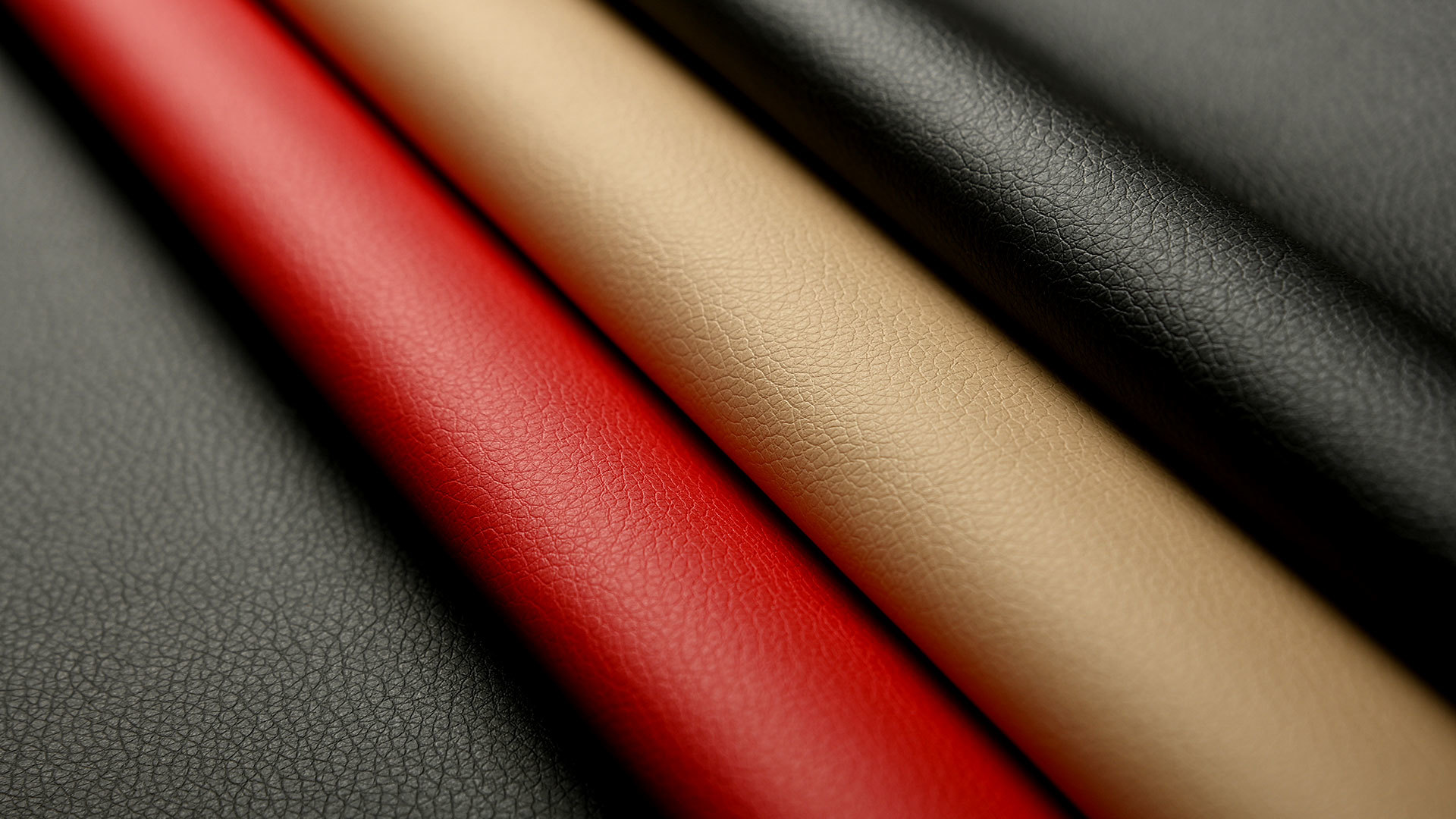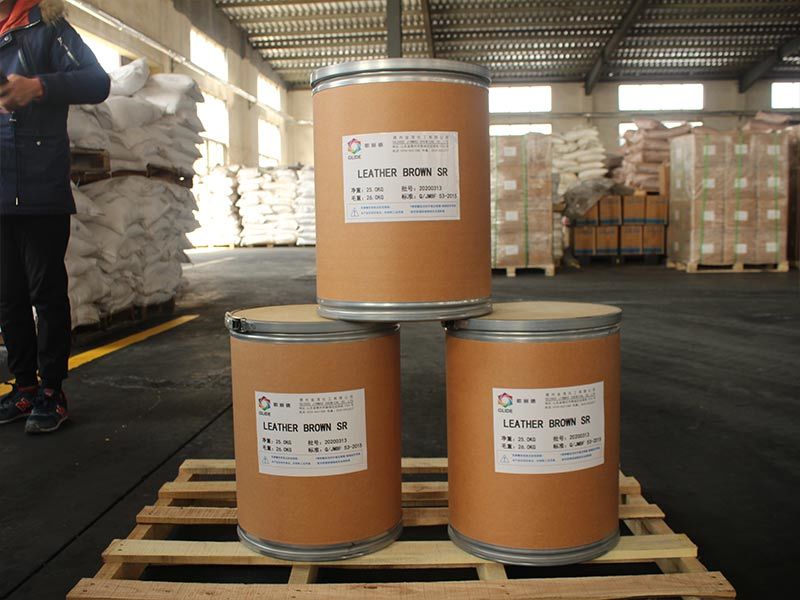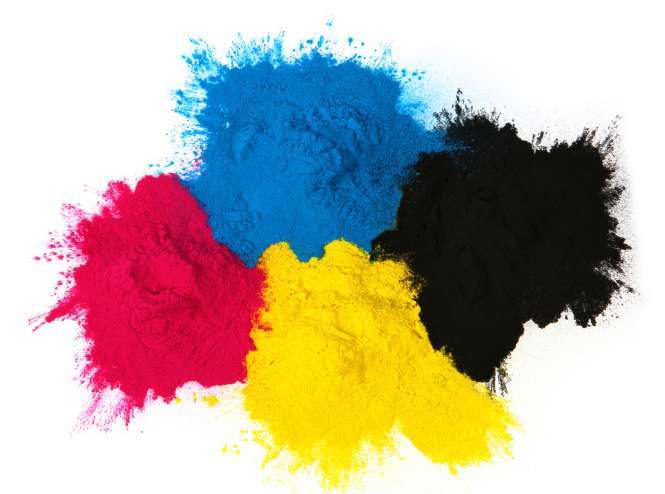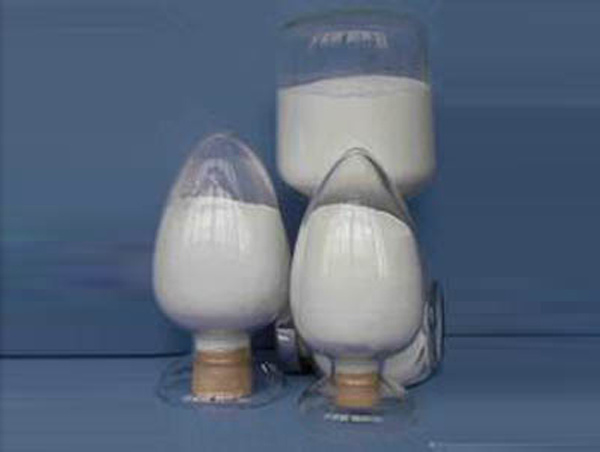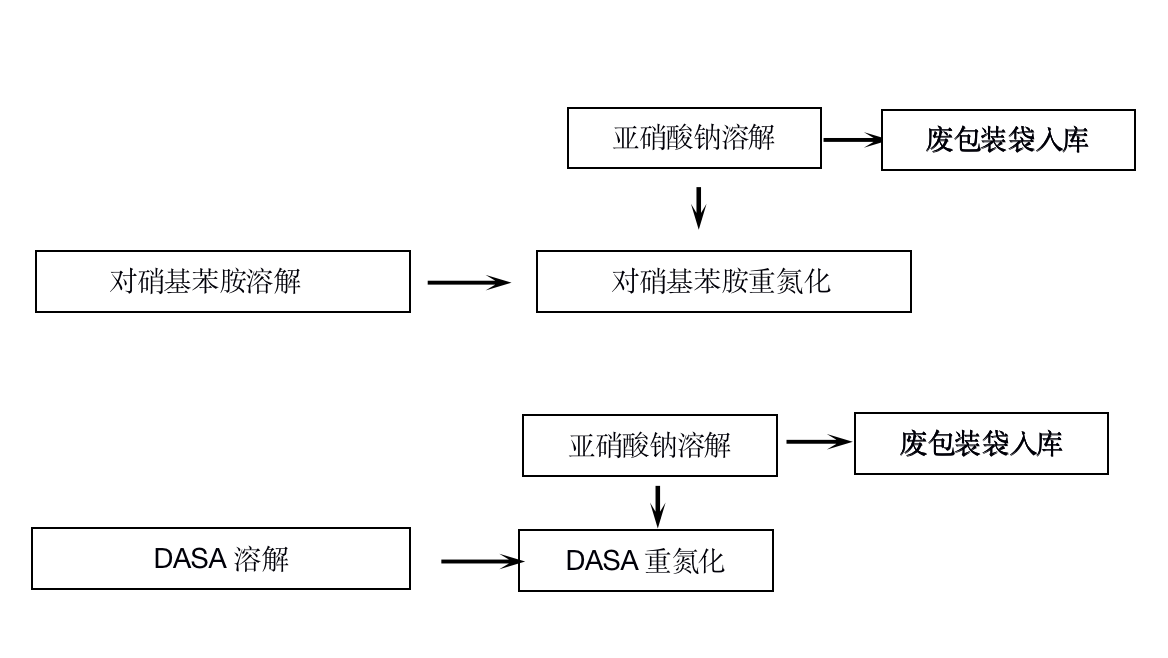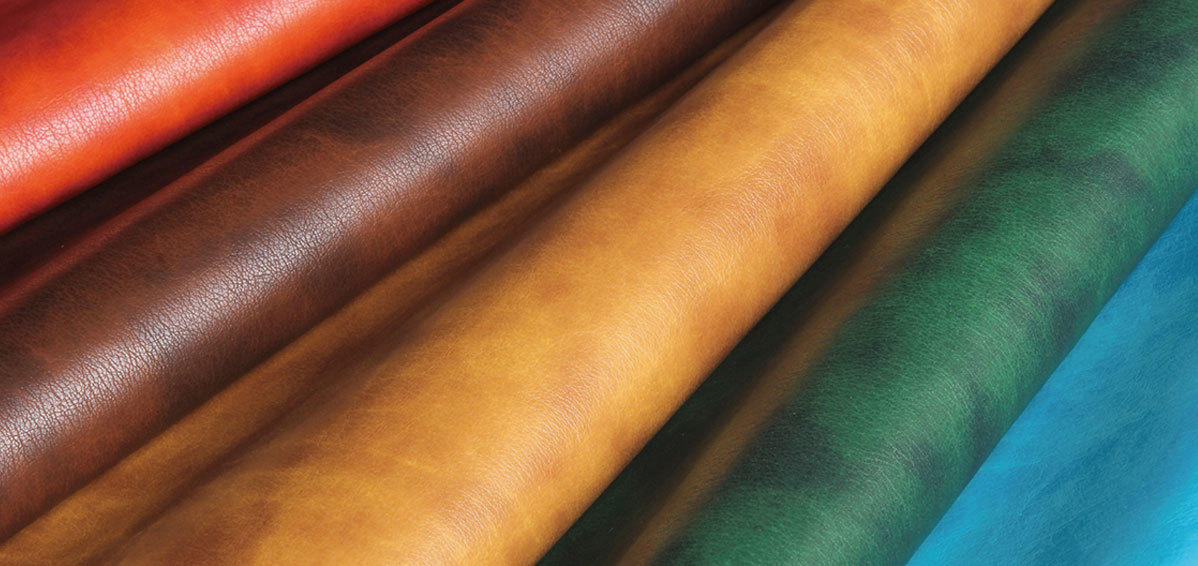2022-01-10
The technology of metal dye application.
2021-12-23
What are feed additives? What are their functions?
2021-12-08
What are the main functions of feed additives?
2021-11-23
What are feed additives and what are their functions?
2021-11-15
A highly efficient and labor-saving textile dye mixing equipment.
2021-10-22
A more efficient textile dye processing device.
2021-10-12
2021-10-09
What is the difference between textile auxiliaries and textile dyes?
2021-09-14
What is the impact of textile dyes on color fastness?
2021-09-09
Types and Uses of Feed Additives.
2021-09-08


